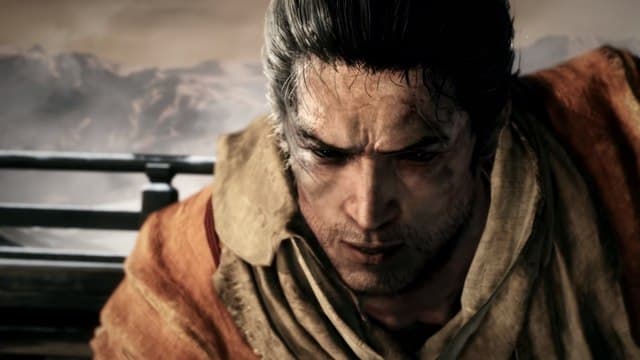0Comments
PUBLISHED
UPDATED
The Deeper Meaning of 'Fashion Souls' in Dark Souls and Bloodborne
About the Author
Ethan Davison
Ethan Davison is a freelance journalist whose work can be found at Wired and Launcher, The Washington Post's gaming vertical. He runs a newsletter about Apex called The Final Circle.
Newest


